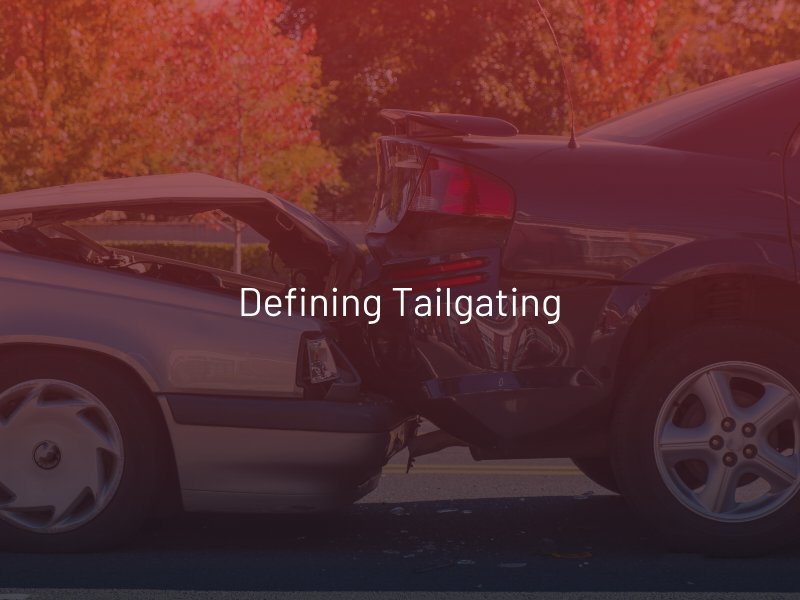The Dangers of Tailgating
Driving too closely behind another vehicle, known as tailgating, is one of the most dangerous behaviors on the road. Despite widespread awareness of its risks, it remains a common practice that significantly contributes to accidents.
What is Tailgating?

Tailgating occurs when a driver follows another vehicle too closely, typically leaving less than a two-second gap between the vehicles. This aggressive driving behavior reduces the time and space a driver has to react if the vehicle in front suddenly slows down or stops.
Drivers tailgate for various reasons, often out of impatience, frustration, or a desire to pressure the vehicle in front to speed up or move aside. Some drivers may be unaware of the dangers or mistakenly believe that following closely will help them reach their destination faster. Others may tailgate due to distraction, failing to notice that they are not maintaining a safe following distance.
Why Tailgating is Dangerous
Tailgating significantly increases the likelihood of an accident for several reasons:
- Reduced Reaction Time: The closer you follow another vehicle, the less time you have to react to sudden changes, increasing the risk of a rear-end collision if the driver ahead brakes or swerves unexpectedly.
- Chain-Reaction Crashes: Tailgating in heavy traffic can cause multi-car pile ups, as one vehicle hitting another from behind often leads to a series of collisions, resulting in multiple injuries.
- Increased Stress and Aggression: Tailgating can provoke road rage, causing the driver ahead to react unpredictably with sudden braking or swerving.
- Inability to See Road Hazards: Following too closely decreases your ability to see and react to road hazards.
- Poor Weather Conditions: Tailgating is even more dangerous in poor weather, where slippery roads and low visibility demand greater following distances.
Who is Liable for a Tailgating Accident in Las Vegas?
Nevada law specifically requires drivers to maintain a safe following distance from the vehicle in front of them. This distance should be enough to allow a driver to stop or maneuver safely in case the leading vehicle suddenly slows down or stops. When a driver fails to adhere to this requirement and causes a rear-end collision, they are typically presumed to be at fault under Nevada’s traffic laws.
This presumption of fault can be a critical factor in determining liability in a tailgating accident. Victims of such accidents in Las Vegas can pursue compensation for damages, including medical expenses, lost wages, and pain and suffering, by filing a personal injury claim against the tailgating driver.
Pursuing a Claim after a Tailgating Accident
Pursuing a claim after a tailgating accident in Las Vegas involves demonstrating that the at-fault driver’s negligence led to the collision and your resulting injuries. To pursue a successful claim, you’ll need to gather evidence such as police reports, witness statements, and any available video footage.
Working with an experienced Las Vegas car accident lawyer can be highly beneficial as they can help you build your case, navigate the legal process, deal with insurance companies, and seek compensation for medical expenses, lost wages, and other resulting damages.


